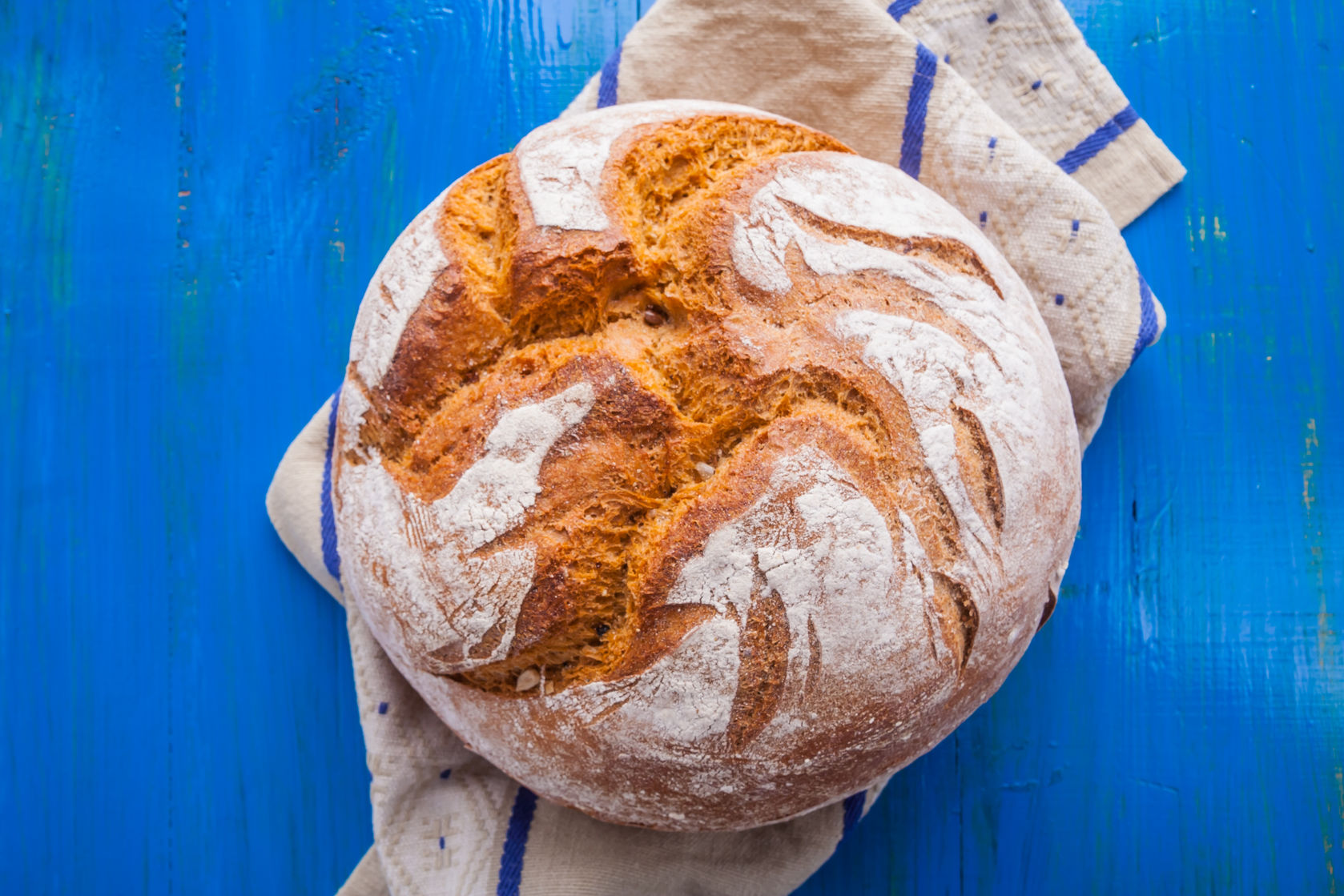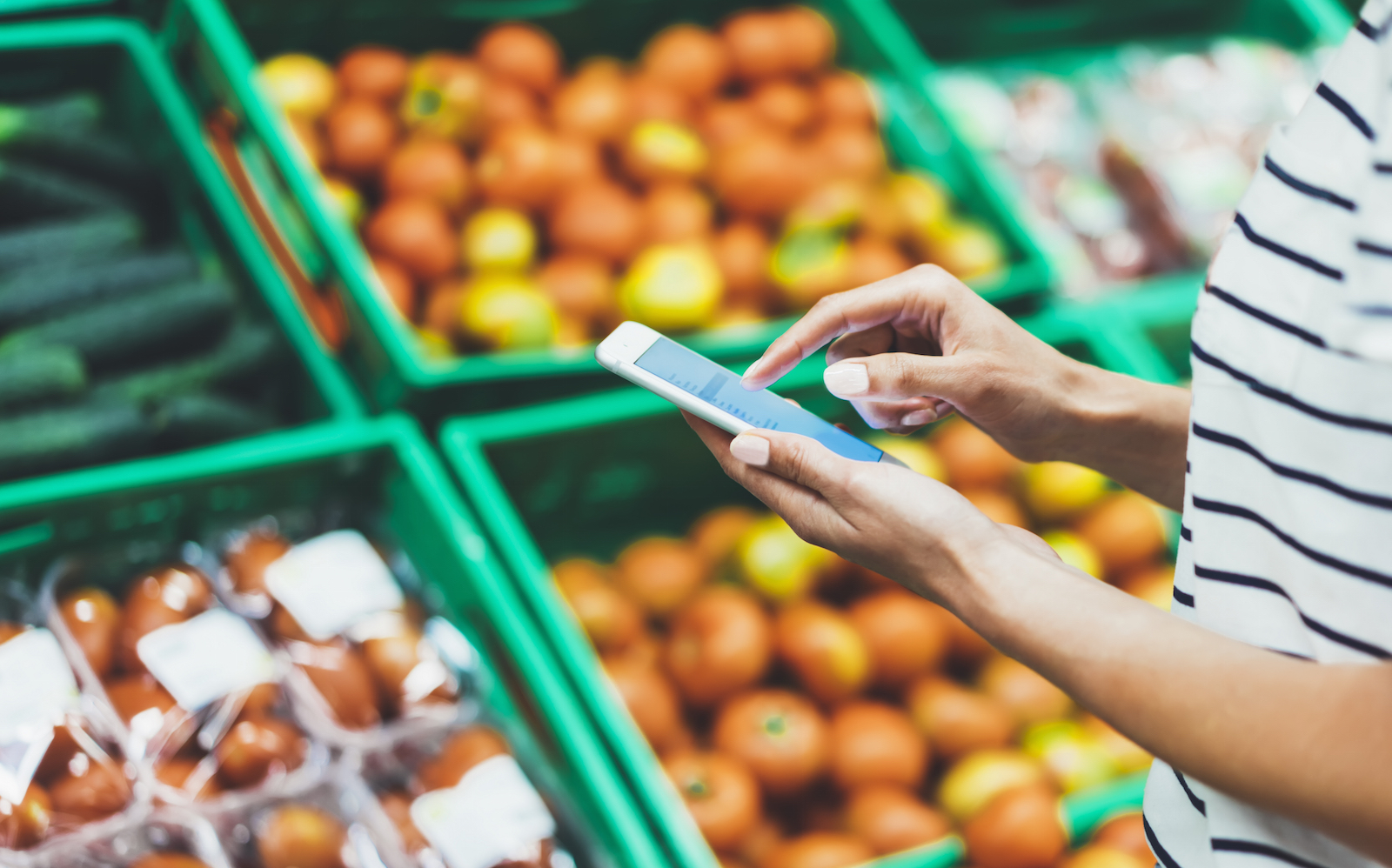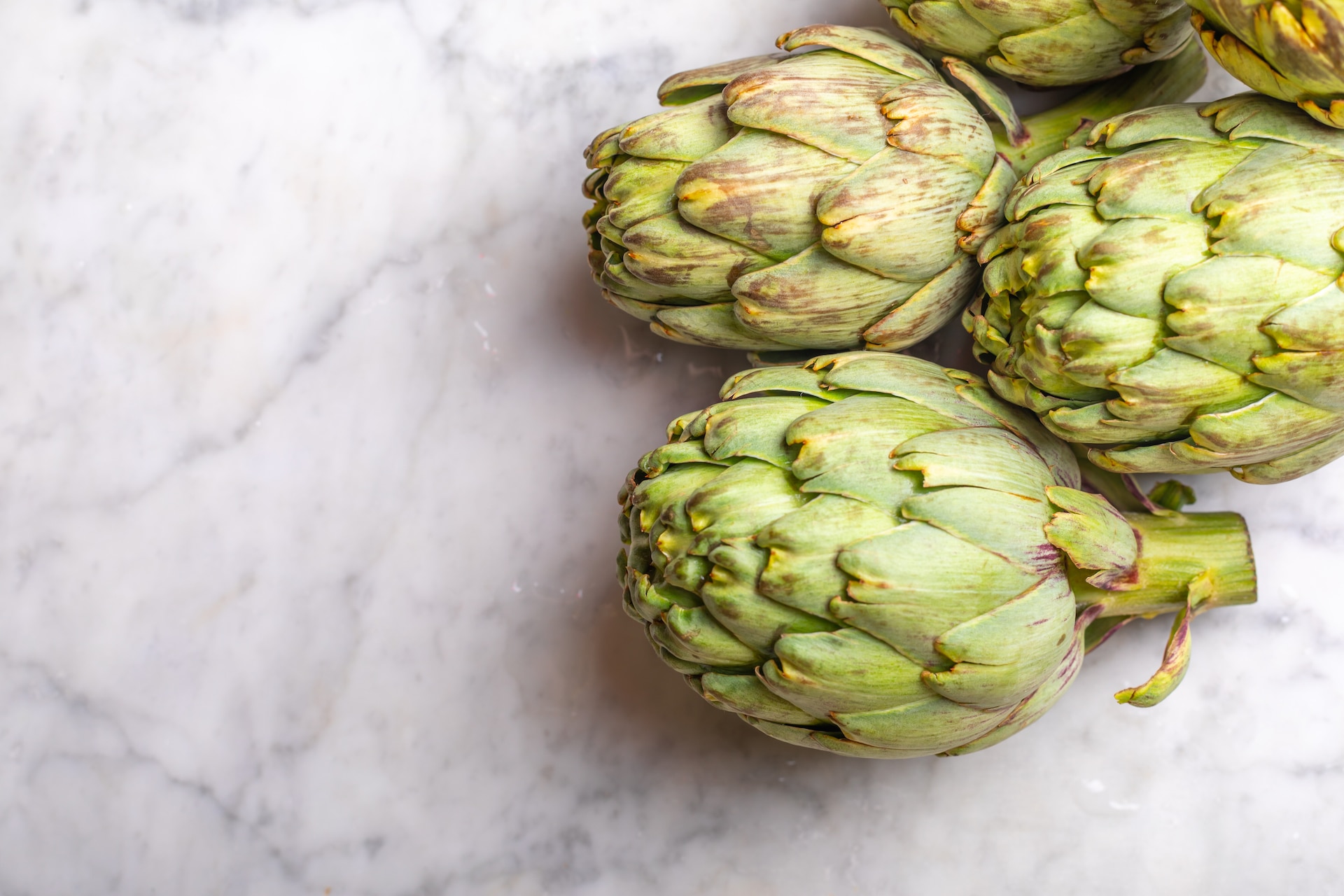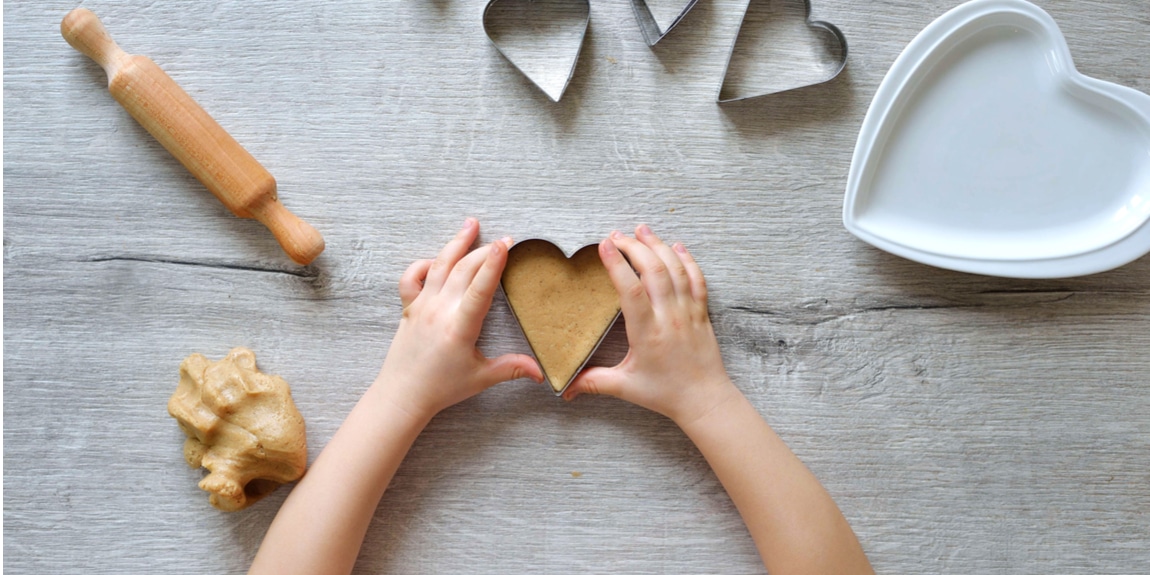 Eat Empowered
Eat Empowered  Healthy Eating Tips
Healthy Eating Tips  Sugar
Sugar  Weight Loss
Weight Loss
Stevia in Your Diet: Yay or Nay?
By Keri Glassman, MS, RD, CDNHome » Eat Empowered » Healthy Eating Tips » Stevia in Your Diet: Yay or Nay?
Do the green leaf and the word “natural” on the box of Stevia at the supermarket make you wonder if it should be on your shelf? Is it any better of a sugar substitute than aspartame or sucralose? Are you picking up a pack of gum, a bottle of tea or a container of soy sauce and wondering, “What’s the deal with stevia in the ingredient list?”
If so, you’re not alone. Stevia is deemed GRAS (generally regarded as safe). It’s in the company of things like annatto, carrageenan and chlorine in our food supply. In other words, GRAS doesn’t necessarily mean much. Uber-reputable sources are giving it the nod. But, as someone skeptical of any kind of sweetener, I look at it very closely.
Let’s break this down a bit.
What is Stevia?
Stevia is a natural sweetener and sugar substitute extracted from the leaves of a shrub called Stevia rebaudiana. Chemically speaking, the sweet components of the stevia leaf are called steviol glycosides, and the stevia leaf contains more than 40 of these glycosides.
Stevia-based sweeteners you buy at the store (of which there are many) can contain one or several steviol glycosides. Depending on which ones are used, and what the stevia is mixed with (erythritol, inulin, maltodextrin, xylitol and monk fruit, to name a few), these sweeteners can be anywhere from 25 to 400 times sweeter than sugar! Despite this, stevia has zero calories and zero glycemic index. I know what you’re thinking: “Yippee! sweet deliciousness with no calories!” I hear you.
We do know, however, that your taste buds taste the sweetness and even when no calories are linked to the bite in your mouth, hormones may still be stimulated. Your mouth tastes the sweetness in sweeteners and assumes that calories are supposed to follow. You’re supposed to get those calories in your belly and digestive hormones are then supposed to kick into place. When no calories come, your body sends signals to your brain, saying, “What’s the deal?!” It makes sense to me that there would be some confusion with what your brain thinks is going on and what actually happens in your stomach.
This is where my relationship with stevia used to end. Keep reading.
Pros and Cons of Stevia
The Nutrition Action Healthletter, put out by CSPI (Center for Science in the Public Interest) is a resource I often check out. They take the most important nutrition issues of the day and attack them from scientific, political and environmental angles to get to a succinct bottom line.
They reviewed artificial sweeteners and reminded me that in the ‘90s, the FDA rejected stevia because of the “potential impact on blood sugar, sperm count, kidney function and cardiovascular systems.” But they did give it a safe rating. Why?
Even though a couple studies (using extremely high doses) have linked stevia to changes in DNA, studies didn’t show an increased risk of cancer, fertility problems or offspring with disabilities. On the flip side, studies have shown that one of the sweet compounds in stevia may lower blood pressure. (Note: Large doses were used during these studies.) Other studies have linked stevia to a reduction in blood sugar and potential glycemic control in people with diabetes, while still other studies have shown stevia’s possible anti-inflammatory benefits.
So, in other words, there are probably many worse things in our pantries than stevia.
Bottom Line on Stevia
Refined sugar has absolutely no nutritional value and may cause inflammation, cancer, diabetes and obesity. Yet, it is not realistic for most people to take sweets completely out of their diet. If you are someone who can control and maintain a very small amount of refined sugar in your diet, you may be fine with keeping it in. For others, stevia is an alternative.
The takeaway is that you shouldn’t add it in because, “Oh, hey, it’s healthy.” Rather, it may work for your lifestyle as a better alternative to refined sugar and other artificial sweeteners because of its zero calories and zero glycemic index. In either case, you don’t want to be pouring packets into your mouth.
Of course, the best way to consume stevia is by growing it and harvesting it from your garden (yeah, people are doing this), or you can order the leaves online.
More Reading
Exactly How Much Sugar Can I Eat in a Day?
(Image: Shutterstock)
About Keri Glassman, MS, RD, CDN
Keri Glassman, MS, RD, CDN, is a renowned celebrity nutritionist, healthy cooking expert, and wellness thought-leader. She is the founder and CEO of Nutritious Life and The Nutritious Life Studio, an online certification that provides unparalleled, forward-thinking education to individuals of various backgrounds looking to establish successful careers in the health and wellness industry.
RECENT ARTICLES

Want a sneak peek inside the program?
Get FREE access to some of the core training materials that make up our signature program – Become a Nutrition Coach.
Get Access













































































































































































































































































































































































































































































































































































































































































































































































































































































































































































































































































































































































































































































































































































































































